In the dynamic field of cannabinoid wellness, understanding the optimal CBD-to-THC ratio can be a game-changer for improving sleep quality and enhancing overall well-being. CBD (cannabidiol) and THC (tetrahydrocannabinol), two key compounds derived from cannabis plants, each offer distinct effects and potential wellness benefits. However, their effectiveness can significantly increase when used in the right proportion. This guide is designed to help you navigate the complexity of CBD and THC ratios, enabling you to find the perfect balance that aligns with your personal health objectives and sleep needs.
How Does CBD Compare to THC?
CBD (cannabidiol) and THC (tetrahydrocannabinol) are both cannabinoids—compounds found naturally in cannabis plants. However, they have different effects on the body and mind due to their unique molecular structures.
CBD is known for its calming properties. It's often related to feelings of relaxation and tranquility without producing a high. It is commonly utilized in products like oils, edibles, and creams for its potential wellness benefits.
On the other hand, THC is the primary compound responsible for the euphoric feeling or the "high" associated with cannabis use. It interacts differently with the body's cannabinoid receptors compared to CBD, leading to its distinctive effects.
Both these compounds have been studied for their potential wellness benefits. Understanding the difference between these compounds is the key to harnessing their optimal effects.
What Do CBD and THC Do to the Body?
CBD and THC are both cannabinoids that interact with the endocannabinoid system in the human body. This system is a complex cell-signaling network identified in the early 1990s by researchers studying THC. It plays a critical role in maintaining bodily homeostasis, or balance, regulating the release of other neurotransmitters.
The endocannabinoid system comprises a vast array of chemical signals and cellular receptors densely packed throughout our bodies and brains. These include CB1 and CB2 receptors, to which cannabinoids like CBD and THC can bind.
THC has a high affinity for CB1 receptors, primarily found in the brain and central nervous system. Binding to these receptors mediates its effects, often associated with euphoria or the "high" feeling. On the other hand, CBD has a low affinity for these receptors. It interacts more indirectly with the endocannabinoid system, often related to feelings of relaxation and tranquility without producing intoxication.
Interestingly, research shows that small servings of specific cannabinoids from cannabis can signal the body to create more endocannabinoids and build more cannabinoid receptors, further highlighting the intricate relationship between these substances and our bodies.
It's worth noting that the proportion of CBD to THC is often selected in cannabis plant-breeding programs, as the balance between these two compounds can significantly determine their potential therapeutic effects.
The Benefits of CBD and THC Together
CBD and THC are both potent cannabinoids with unique potential wellness benefits. However, when these two compounds are taken together, their synergistic interaction often leads to enhanced effects—a phenomenon known as the “entourage effect.”
The concept of the entourage effect is based on the idea that cannabis compounds can work better together than in isolation. This principle suggests that the therapeutic impact of the whole plant is greater than the sum of its individual parts.
What Do CBD-to-THC Ratios Mean?
CBD and THC ratios can significantly influence the overall experience and potential benefits one might derive from using a cannabis or hemp product.
Let's start by understanding these two compounds. THC is known for its psychoactive properties. On the other hand, CBD is non-intoxicating, meaning it doesn't produce that "high" feeling. Instead, CBD has been widely recognized for its ability to support homeostasis—which includes supporting mood, sleep, and overall wellness.
Now, when you see a product's CBD-to-THC ratio, it tells you how much of these two cannabinoids are present in relation to each other. For instance, a 20:1 ratio means that for every 20 parts of CBD, there is 1 part of THC. Such a product would likely have minimal psychoactive effects but could provide significant wellness support due to the dominant presence of CBD.
Conversely, a product with a 1:1 ratio means that CBD and THC are present in equal amounts. This kind of balance can offer a unique blend of effects along with mild psychoactivity. Some users find that the presence of CBD can help to temper the psychoactive effects of THC, resulting in a more comfortable and balanced experience.
However, it's crucial to remember that the effects of these ratios can vary greatly among individuals. Factors such as metabolism, tolerance, and even genetic makeup can influence how one responds to different CBD-to-THC ratios.
Therefore, it's always wise to consult with a healthcare provider or a cannabis professional when considering the use of these products, especially if you're new to cannabis or are using it for therapeutic purposes.
Best CBD-to-THC Ratios
As we delve deeper into the intriguing world of CBD and THC ratios, you'll find this isn't a one-size-fits-all situation. From the balanced harmony of a 1:1 ratio to the commanding presence of CBD in a 20:1 mix, each unique combination has its own story to tell. Stay tuned as we explore these ratios in more detail, unraveling their potential benefits and uses. Let’s explore these ratios to better understand their potential benefits and applications.
Best CBD-to-THC Ratio for Sleep
Navigating THC and CBD concentrations for occasional sleep issues requires finding a balance that encourages relaxation without overly stimulating effects. High-potency cannabis strains that are rich in THC might be too stimulating for you at bedtime.
A commonly chosen ratio is 5:1 or 10:1 CBD to THC, offering relaxation and muted psychoactive effects. Another option is a 20:1 CBD-to-THC ratio, providing significant relaxation with minimal psychoactive effects.
Keep in mind everyone's response varies. So start low and adjust as necessary, especially for infrequent cannabis or THC users.
Best CBD-to-THC Ratio for Muscle Support
If you're on the hunt for additional support for your muscles, joints, and even skin, a 20:1 CBD-to-THC ratio could be a fantastic option to consider. This ratio has a higher concentration of CBD. It's often chosen for its potential to provide substantial support to muscles and joints. It might be an excellent choice for anyone, from those needing daily maintenance to athletes who require consistent muscle care.
A 20:1 CBD-to-THC ratio is also available in topical forms such as creams, lotions, and balms. These topicals work by being applied directly to the skin, allowing the CBD and THC to interact with localized cannabinoid receptors. They're commonly chosen for their ease of use and the support they can offer to your skin, muscles, and joints.
Best CBD-to-THC Ratio for Mood Support
When it comes to mood support, various CBD-to-THC ratios can be beneficial. Keep in mind that the "best" ratio often varies from person to person, largely due to unique body chemistry and personal needs.
For some, a balanced 1:1 ratio of CBD to THC is a solid choice. This even balance allows both cannabinoids to work together, creating a harmonious effect that many individuals find helpful for supporting their mood.
In other instances, a 5:1 ratio featuring more CBD than THC might be recommended. This ratio is often chosen by those who have some tolerance to THC. The higher CBD content in this blend is thought to provide a stabilizing influence on the psychoactive effects of THC, which could make it an appropriate choice for mood support.
Remember, everyone's body and needs are unique, so starting with a low serving and gradually adjusting until you find the ratio that works best for you is typically the best approach. Always consult with a healthcare provider when considering incorporating any new wellness products into your routine.
Best CBD-to-THC Ratio for Appetite
If you're primarily looking to promote a healthy appetite, THC-dominant ratios are often recommended. This is because THC is known for its potential appetite-enhancing effects.
A 1:1 CBD-to-THC ratio could be a good starting point. This balanced ratio provides equal parts of CBD and THC, which could work together to enhance appetite while also potentially mitigating some of the psychoactive effects of THC.
However, for a more pronounced effect on appetite, you might want to consider a THC-dominant ratio like 1:20 CBD to THC. This high concentration of THC could effectively stimulate hunger, but it's important to note that the psychoactive effects will be stronger with this ratio.
Best CBD-to-THC Ratio for Psychoactive Effects
If you're looking for psychoactive effects, the THC component is the primary driver. CBD can modulate some of these effects, but it's not inherently psychoactive.
A 1:1 CBD-to-THC ratio is balanced and can provide moderate psychoactive effects. This ratio allows for the synergistic interaction of CBD and THC, which some people find provides a more rounded experience.
For more pronounced psychoactive effects, you might want to consider a ratio with more THC. A 1:10 or even a 1:20 CBD-to-THC ratio will provide a stronger psychoactive experience due to the higher THC content.
Top Strains with High CBD-to-THC Ratios
When it comes to finding the right cannabis strain, the CBD-to-THC ratio is a critical factor. This ratio can influence the strain's effects, making it more suitable for mind and body relaxation. Strains with high CBD-to-THC ratios are particularly sought after by those looking for wellness support without overly intense psychoactive effects. Here are five strains known for their high CBD-to-THC ratios:
ACDC
ACDC is a sativa-dominant strain that's well-known for its high CBD-to-THC ratio, typically around 20:1. Its lineage traces back to Cannatonic, another high-CBD strain. ACDC has an average THC content of just 1-6%, making it an excellent choice for those seeking minimal psychoactive effects. The strain is characterized by its light green buds covered in orange hairs and a sweet, earthy aroma.
Charlotte's Web
Charlotte's Web is probably one of the most famous high-CBD strains, named after a young girl who brought CBD into the mainstream. It boasts a CBD-to-THC ratio of about 32:1, with a very low THC content. This makes it virtually non-intoxicating.
The strain is a mix of hemp genetics and marijuana genetics, resulting in a primarily sativa composition. Its buds are dense, olive-colored, and scattered with trichomes. Users often report a calming effect, making it potentially helpful for managing occasional stress.
Harlequin
Harlequin is a 75% sativa-dominant strain renowned for its reliable expression of CBD, with a CBD-to-THC ratio of 5:2. It's a descendant of Colombian Gold, Thai, and Swiss Landrace strains. Harlequin's THC content averages around 7-10%, offering mild psychoactivity.
The strain has fluffy, dense buds covered in orange hairs and has a unique mango and musky aroma. It's known for providing clear-headed relaxation without intense body effects, making it potentially beneficial for use during the day.
Ringo's Gift
Ringo's Gift is named after Lawrence Ringo, a cannabis activist and CBD pioneer. This strain is a cross between ACDC and Harle-Tsu, both high-CBD strains. Depending on the phenotype, the CBD-to-THC ratio can reach up to 24:1.
On average, Ringo's Gift has about 15% CBD and less than 1% THC. The strain is sativa-dominant and is characterized by its earthy and herbal aroma. Users often report feeling relaxed and focused, making it potentially useful for focus-related tasks.
Sour Tsunami
Sour Tsunami is a high-CBD strain created by crossing Sour Diesel, NYC Diesel, and a local California variety, Ferrari. The CBD-to-THC ratio typically falls around 1:1, but some phenotypes can reach as high as 30:1.
It's a sativa-dominant strain, with THC content generally ranging from 10-11%. Sour Tsunami is recognized by its dense, dark green buds covered in crystal trichomes and its distinctive diesel aroma with hints of pine. The strain is praised for its potential muscle and joint supportive properties and for inducing a calm state of mind.
Top Strains with High THC-to-CBD Ratios
When it comes to cannabis strains, those with high THC-to-CBD ratios are often sought after by recreational users and those looking for a more potent psychoactive experience. These strains are known for their potent effects and are often chosen for their potential to promote euphoria and relaxation. Here are five strains known for their high THC-to-CBD ratios.
Ghost Train Haze
Ghost Train Haze is a sativa-dominant strain known for its high THC content. With a THC-to-CBD ratio of about 80:1, this strain is not for the faint-hearted. It was created by crossing Ghost OG with Neville's Wreck.
Ghost Train Haze has an average THC content of around 20-25%, though some phenotypes can reach up to 27%. This strain is characterized by its dense, frosty buds that have a sweet and piney aroma when broken apart. Its effects are often described as euphoric and uplifting, making it a popular choice for social gatherings or creative activities.
Bruce Banner
Named after the alter-ego of the Incredible Hulk, Bruce Banner is a powerful strain with a high THC-to-CBD ratio. It's a hybrid strain from OG Kush and Strawberry Diesel, leaning towards the sativa side. The THC-to-CBD ratio typically sits around 25:1, with an average THC content of 24-29%.
Bruce Banner is known for its large, dense buds that are covered in thick resin. The strain has a strong diesel aroma with sweet undertones. Users often report feeling an immediate rush of euphoria followed by a state of relaxation.
Godfather OG
Godfather OG is an indica-dominant strain with a reputation for its potent effects. It's a cross between Alpha OG and XXX OG, resulting in a THC-to-CBD ratio of approximately 34:1. With THC levels that can reach up to 28%, it's often dubbed "The Don of All OGs."
Godfather OG is characterized by its large, dense buds that are covered in snowy trichomes and purple leaves. The strain has a strong piney aroma with earthy undertones. As expected from an indica, it's known for its potential to induce relaxation and help with sleep.
Strawberry Banana
Strawberry Banana, also known as Strawnana, is an indica-dominant hybrid created by crossing Banana Kush and the "Strawberry" phenotype of Bubble Gum. This strain boasts a THC-to-CBD ratio of around 50:1, with an average THC content of 20-26%.
Strawnana is known for its sweet, fruity aroma and taste, reminiscent of bananas and berries. Its buds are coated in a layer of crystalline trichomes, reflecting its high THC content. Users report a mellow cerebral high, followed by a relaxing body buzz.
Gorilla Glue #4
Gorilla Glue #4, also known as GG4, is a potent hybrid strain that delivers heavy-handed euphoria and relaxation. It's a blend of Chem's Sister, Sour Dubb, and Chocolate Diesel. With a THC-to-CBD ratio of about 80:1 and THC levels reaching up to 32%, this strain is famous for its potency.
Gorilla Glue #4 has chunky, resin-covered buds and a pungent, earthy aroma with hints of pine. Its effects are typically described as intense, leaving you feeling “glued” to the couch, hence the name.
How Much THC Is Needed for Intoxicating Effects?
The amount of THC needed for intoxicating effects can greatly vary from person to person, largely influenced by factors such as personal tolerance, the method of consumption, and the specific strain of cannabis.
When consuming cannabis products, especially for beginners, the general advice is to "start low and go slow." Start with 2.5-5mg of THC and see how you feel. Then, adjust accordingly.
However, the way you consume cannabis can significantly alter the effects of THC. For example, smoked cannabis typically leads to faster and more intense effects compared to when it's ingested. This is because when cannabis is smoked, it enters the body directly through the lungs, resulting in a quicker onset of effects.
Moreover, regular users might need more cannabis to achieve an effect due to the development of tolerance. This highlights the importance of individual factors in determining the amount of THC needed for intoxicating effects.
Lastly, remember that the effects of THC can be highly subjective and can lead to memory impairment and slow reaction time. Therefore, it's crucial to consume responsibly and be aware of your personal tolerance and reaction to different THC levels.
How to Determine the Best THC-to-CBD Ratio for Me
Determining the optimal THC-to-CBD ratio is a highly personalized process, as it depends on various factors—including your cannabis tolerance and any specific goals you wish to meet, such as wellness support or recreation.
Once you figure out your goal, consider your tolerance level. If you're new to cannabis or have a low tolerance, it might be a good idea to start with a ratio that has more CBD than THC. This is because CBD can counteract some of the psychoactive effects of THC, making it a suitable starting point for beginners.
It's also crucial to monitor your reactions to different ratios. Pay close attention to how you feel physically and mentally with each ratio. Do certain ratios seem to better manage your concerns? Maintaining a journal of your experiences can be helpful in identifying patterns and preferences over time.
If you're using cannabis for medical purposes, it's essential to consult with a healthcare professional. They can provide personalized advice based on your health history and specific needs.
Lastly, remember that everyone's body chemistry is unique, so what works best for someone else may not work best for you. Personal experimentation is key in finding your ideal THC-to-CBD ratio. Be patient with the process and make adjustments as necessary until you find the balance that best suits your needs.








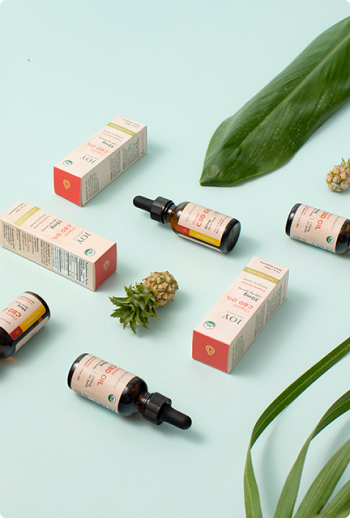
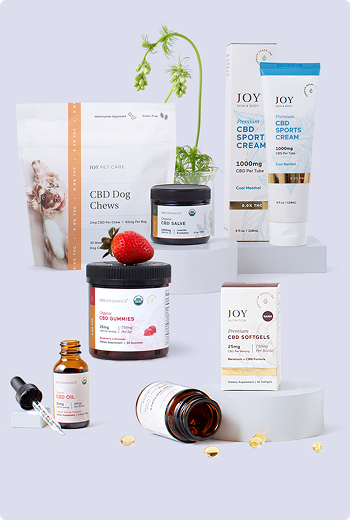
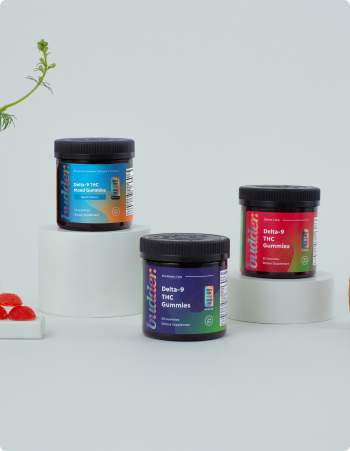







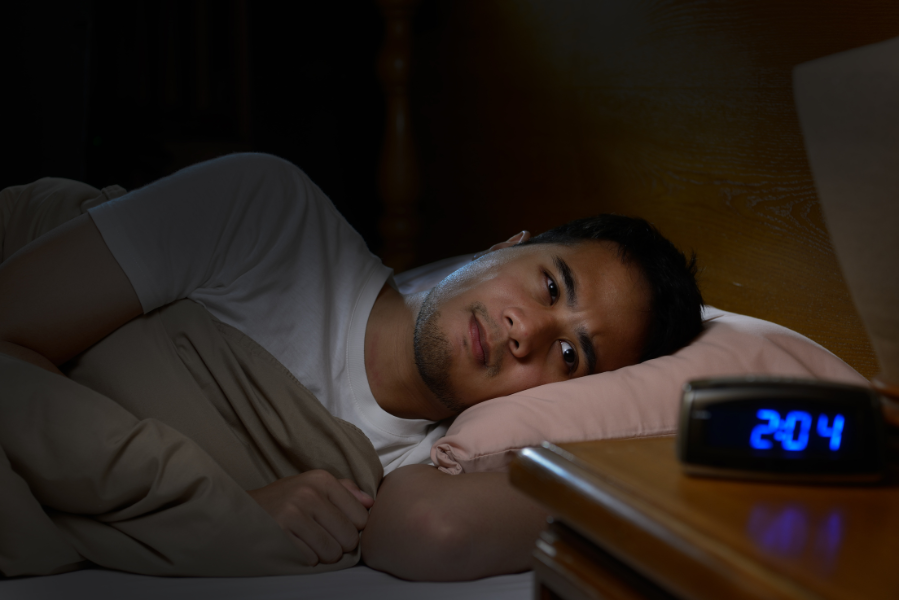
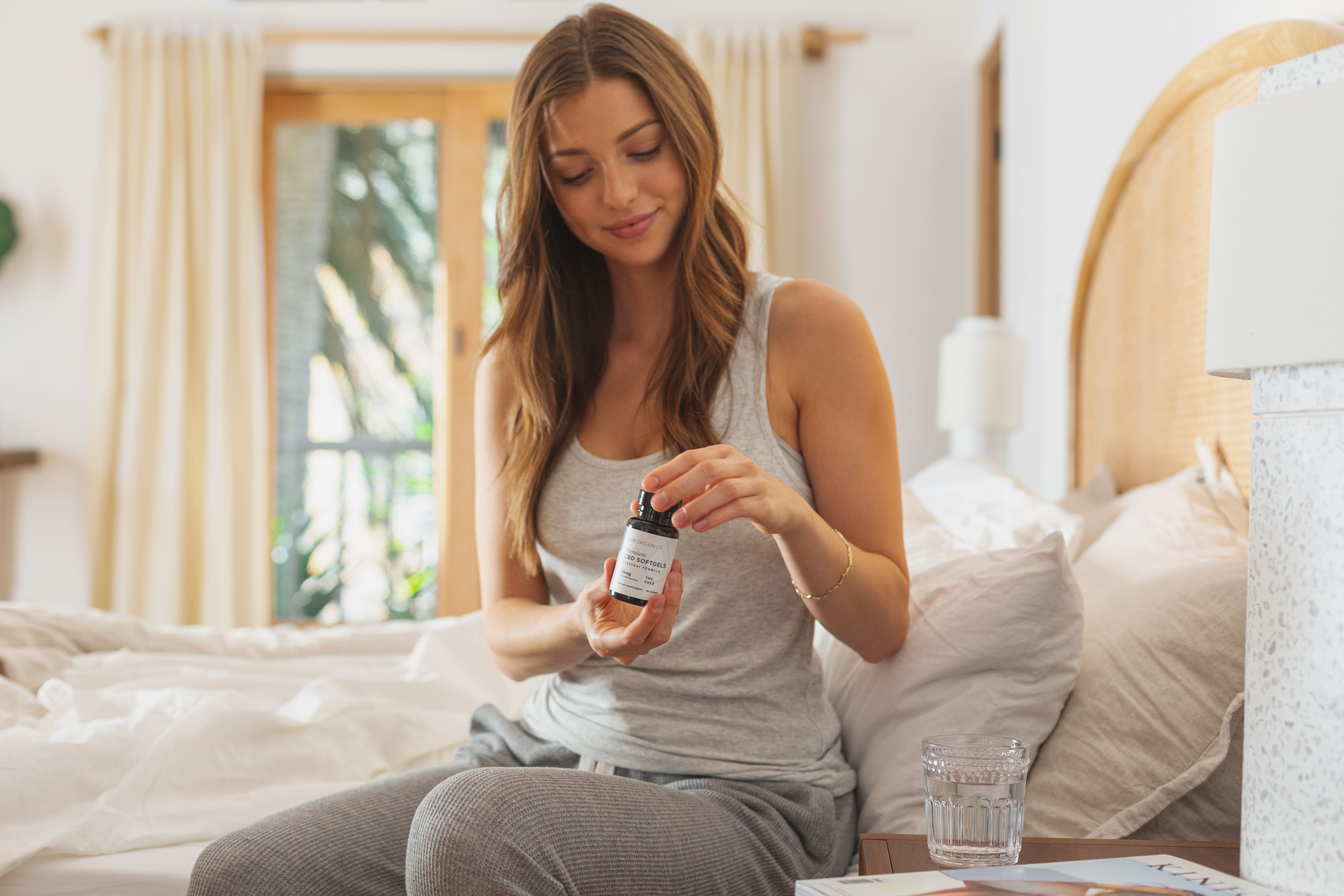

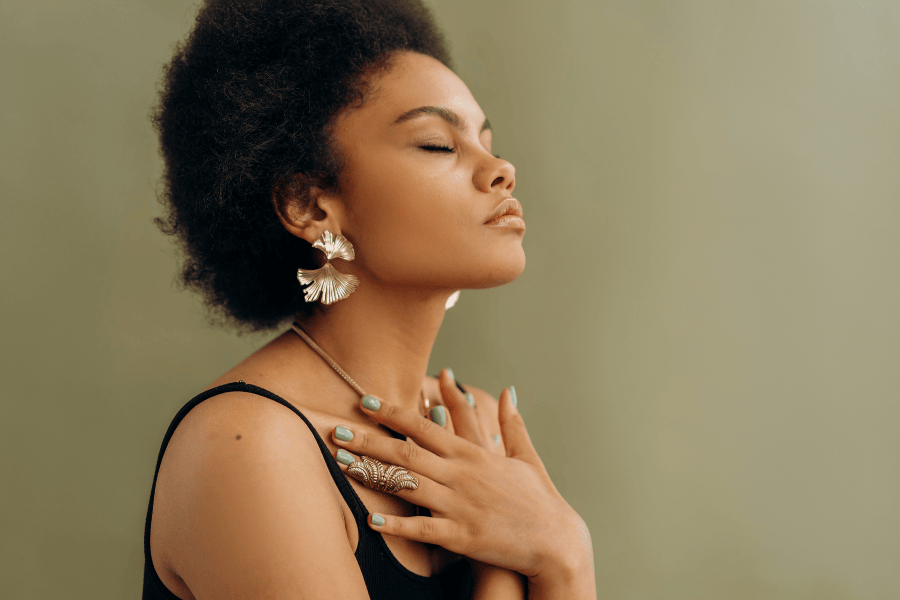
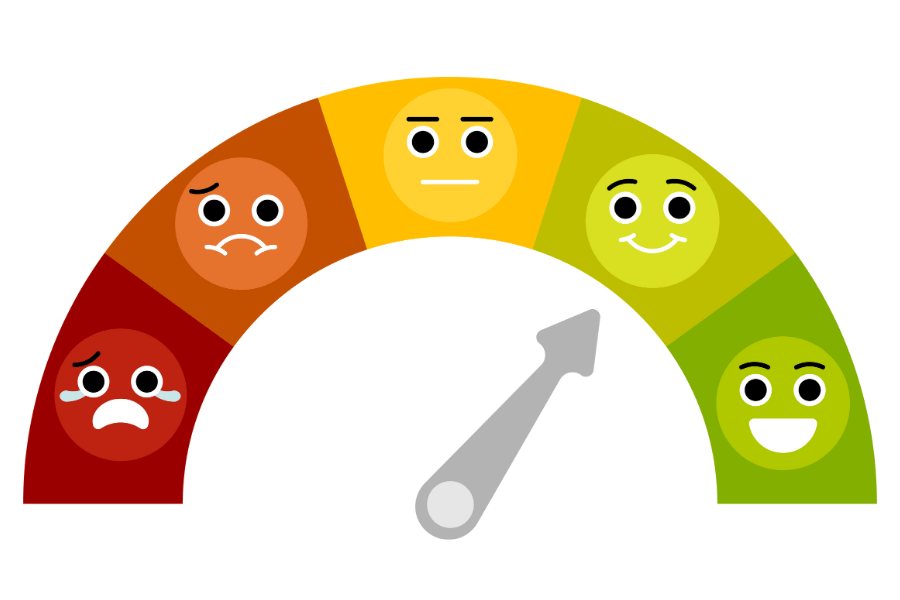
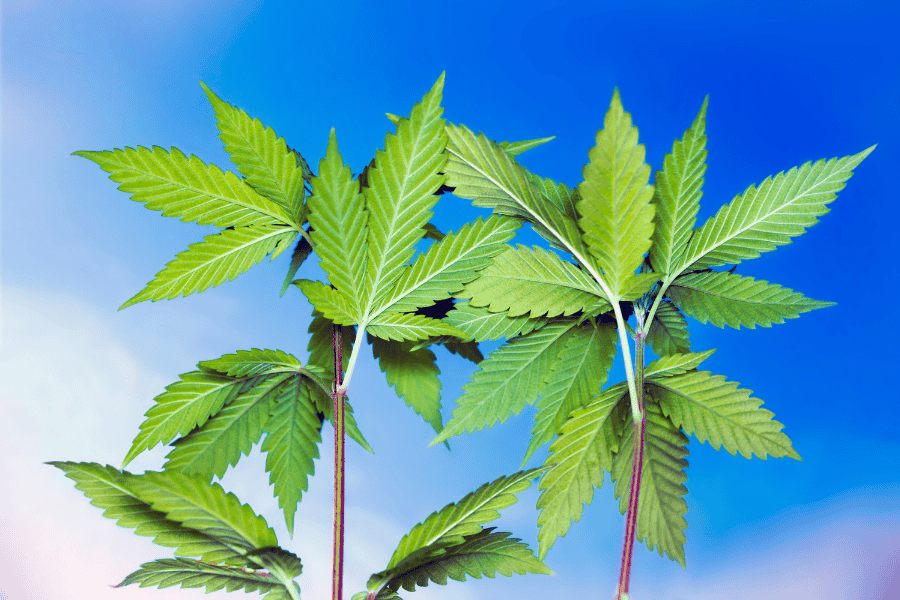

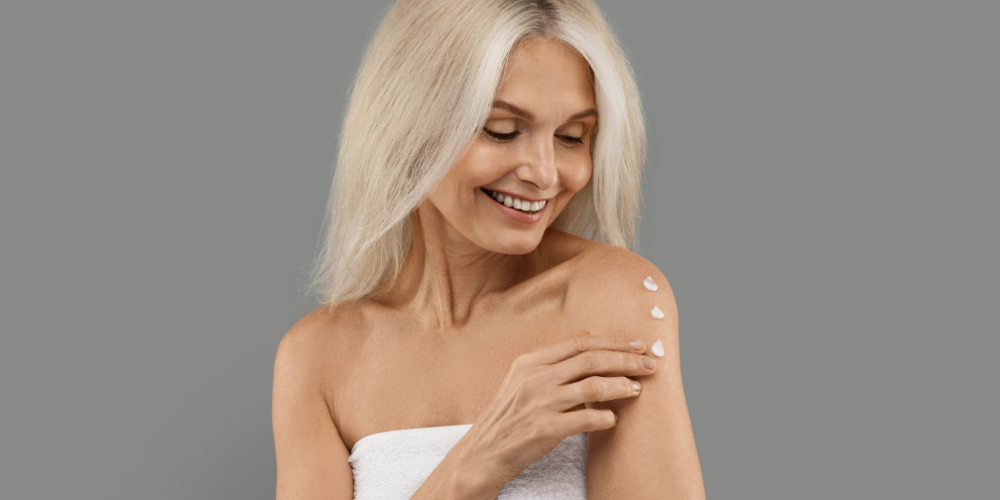
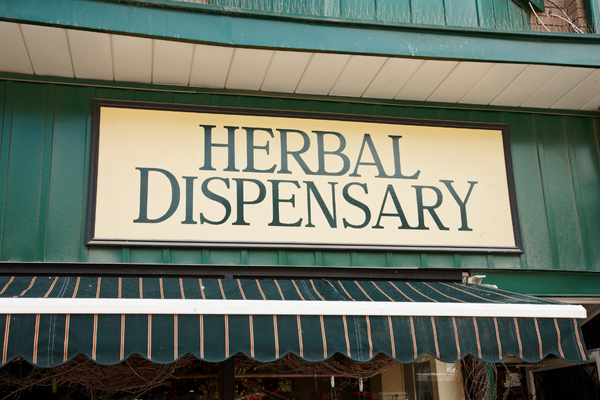



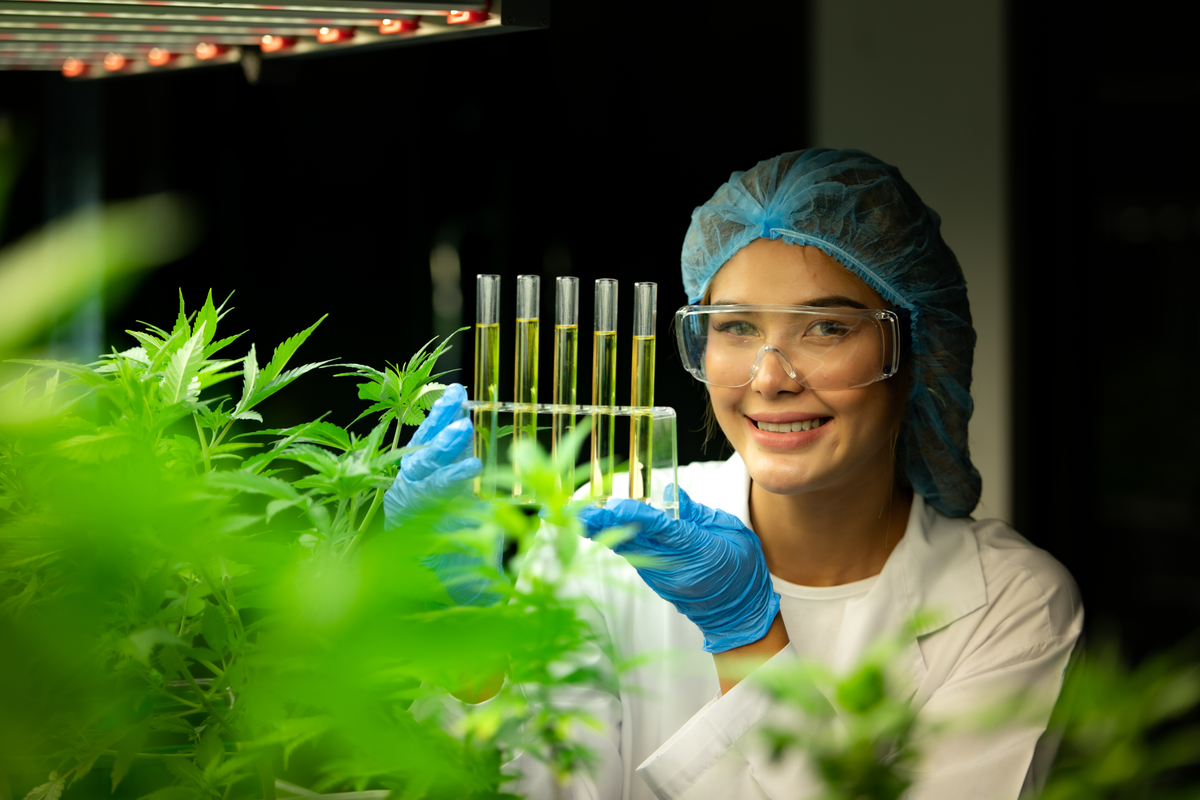

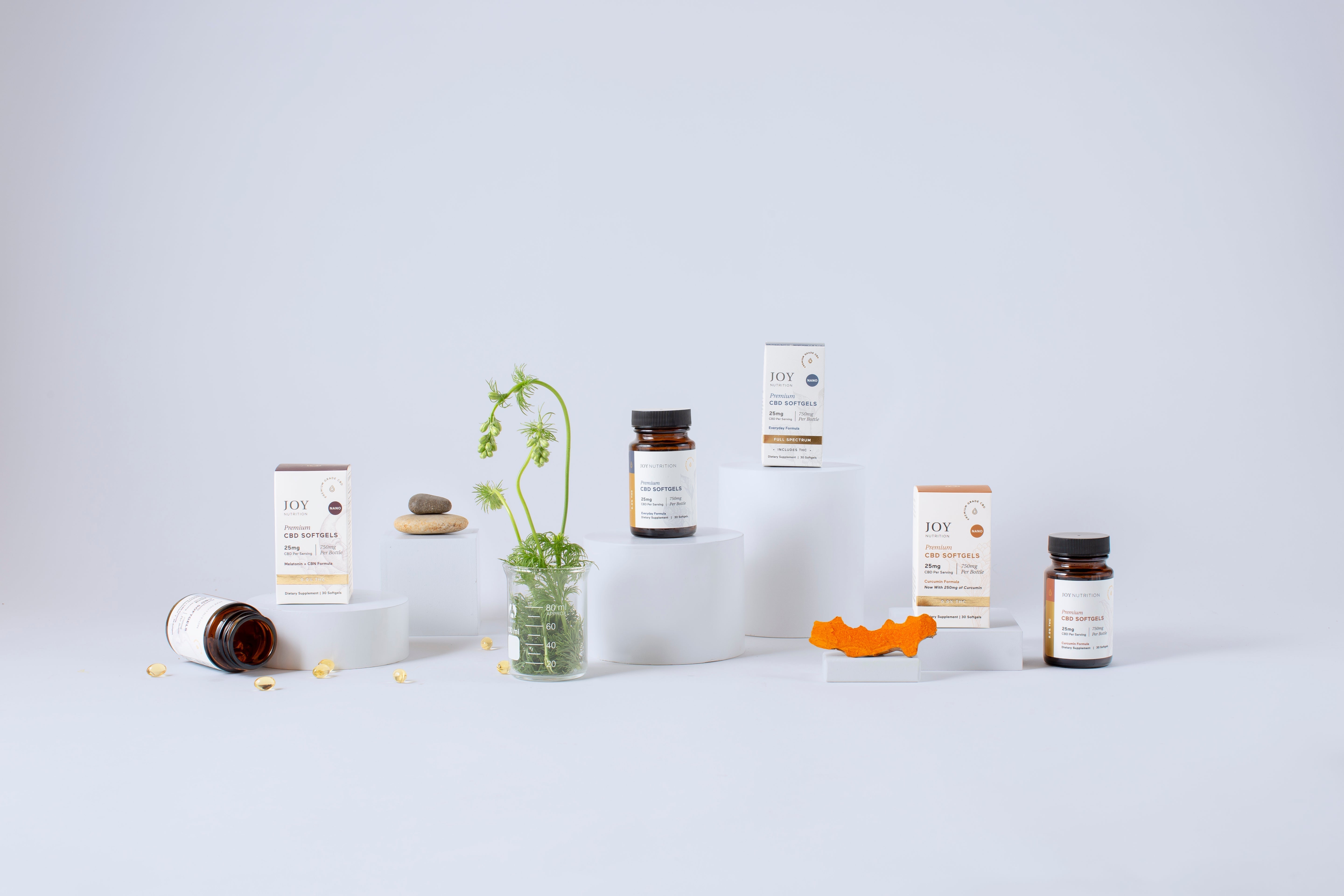



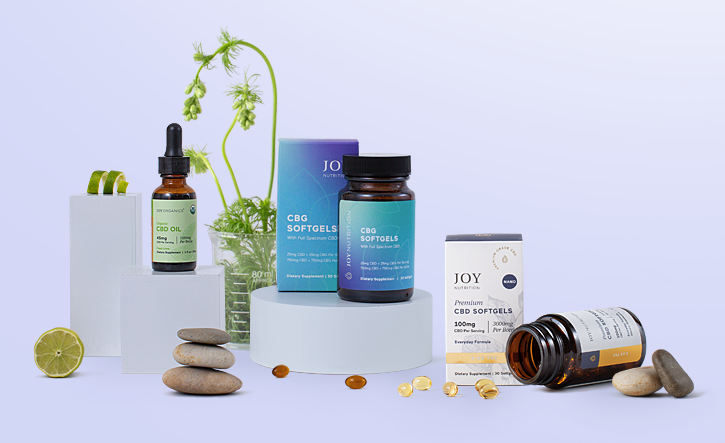


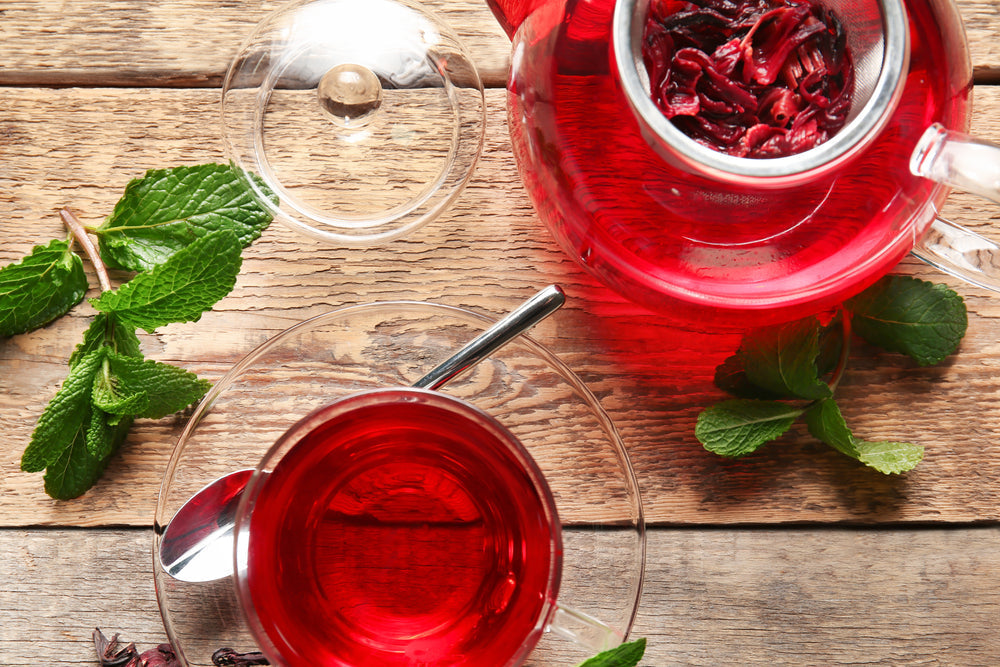

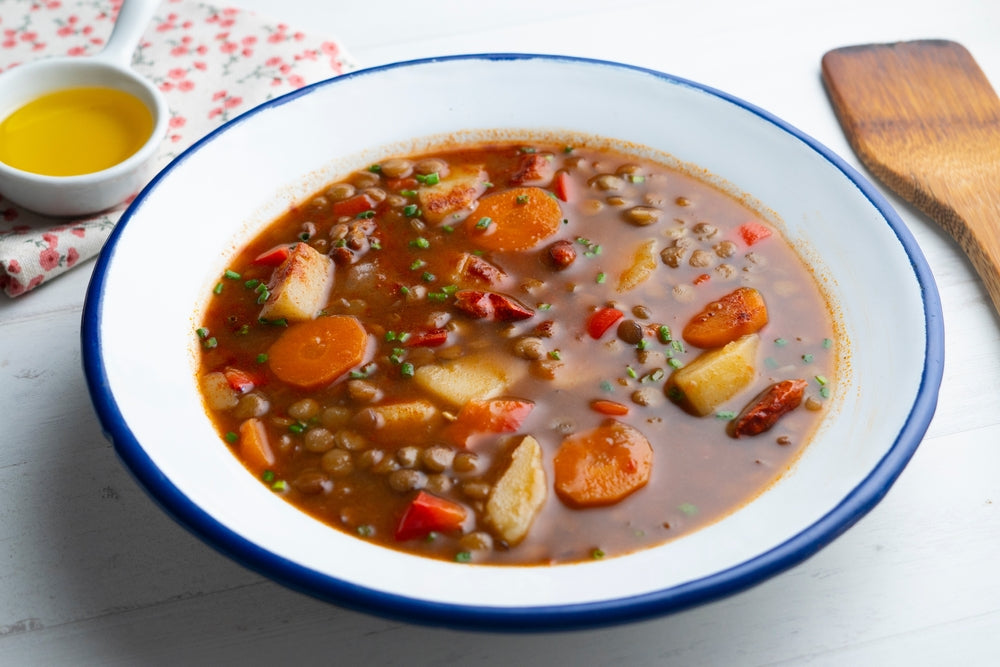
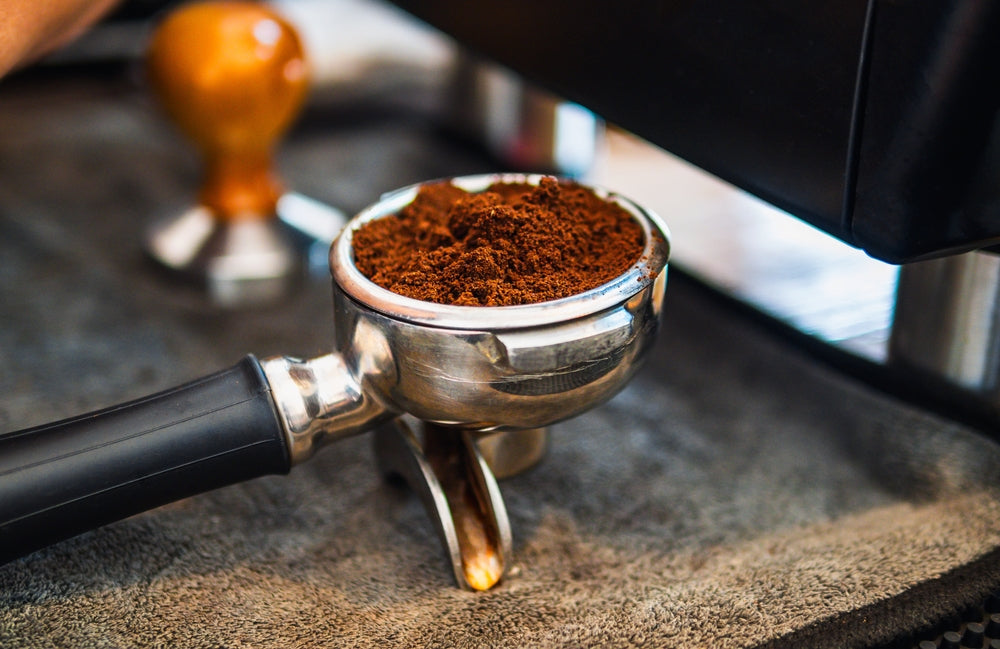

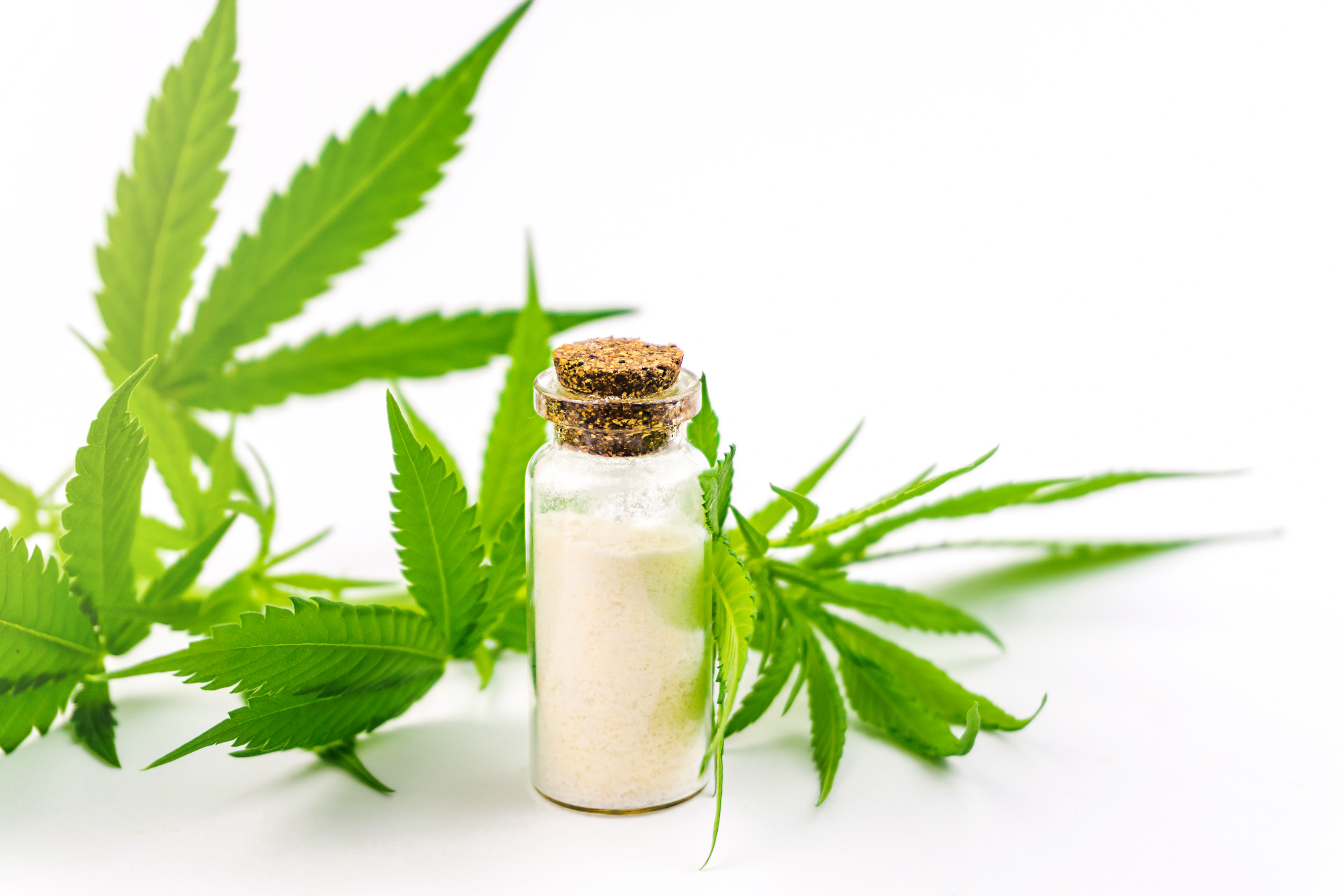
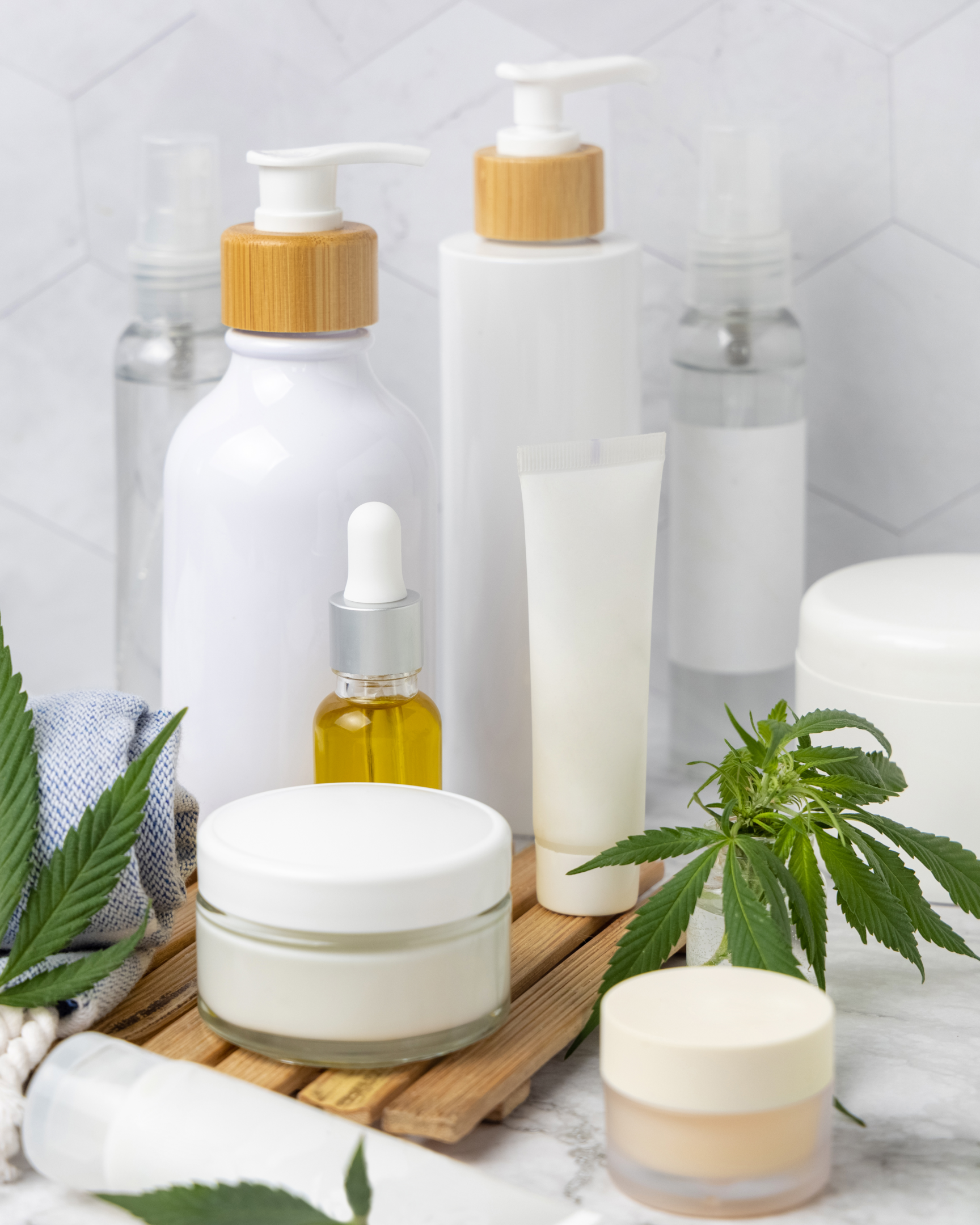
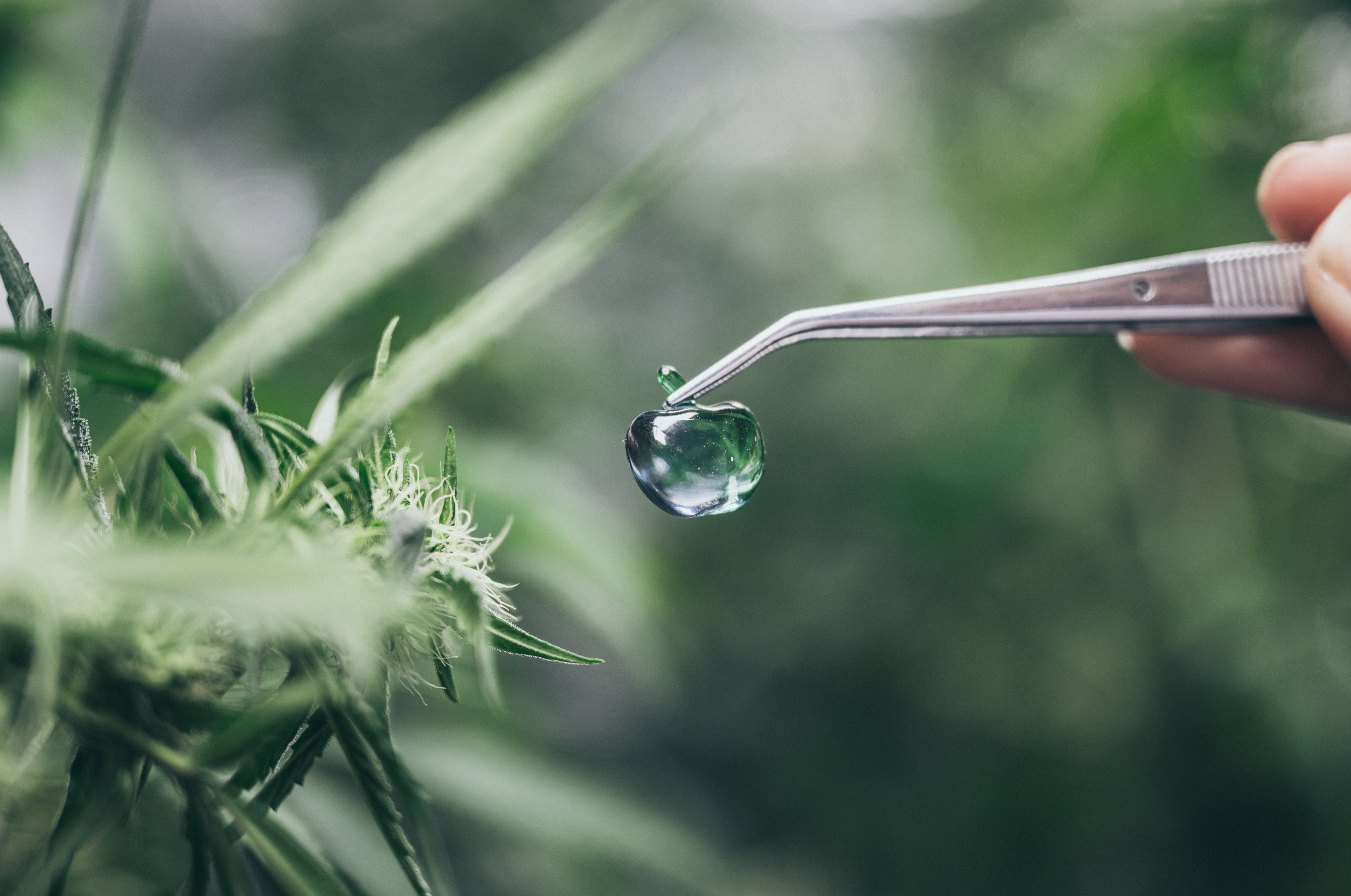
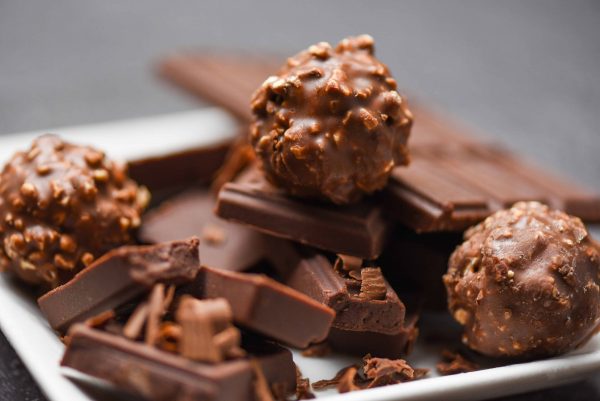
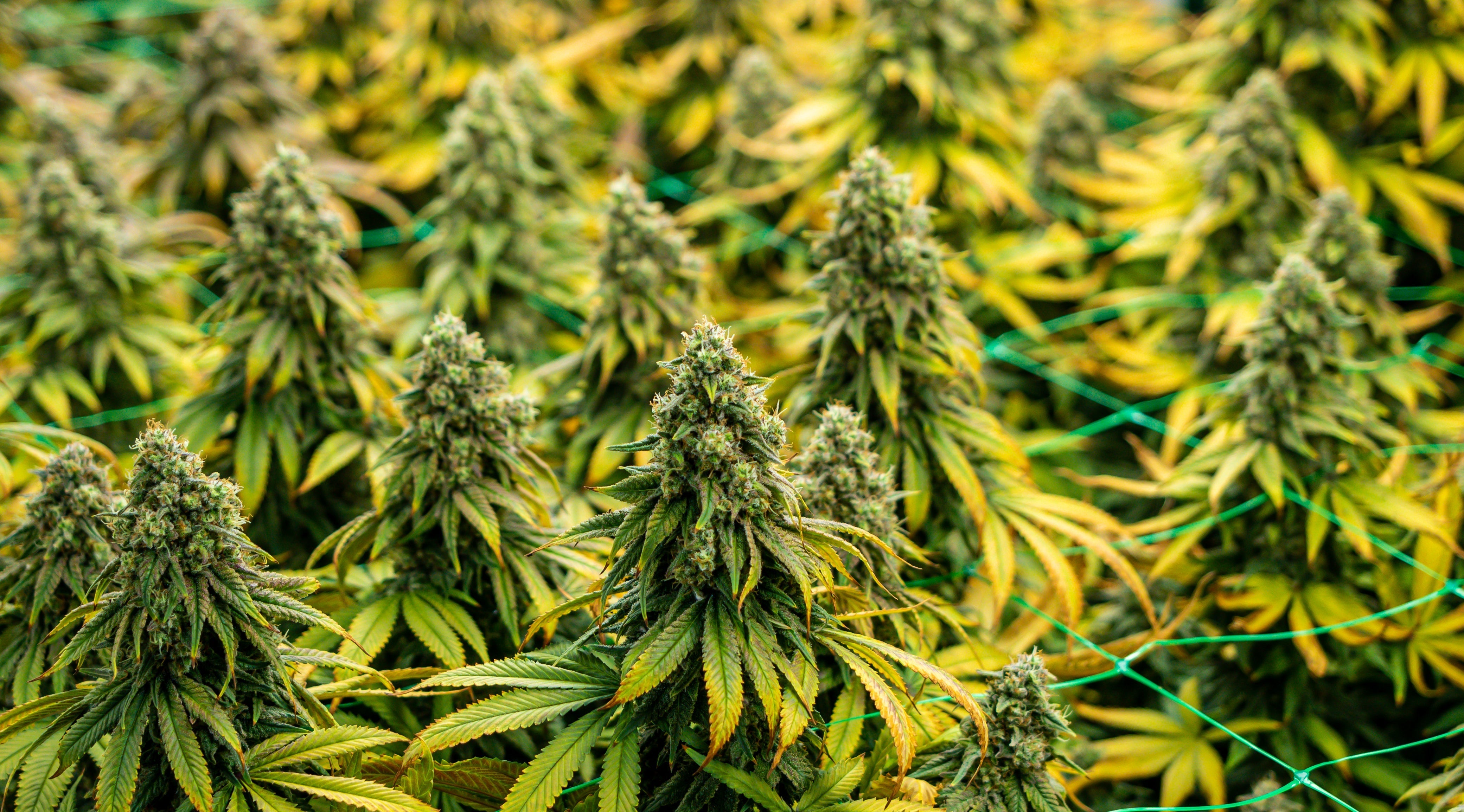
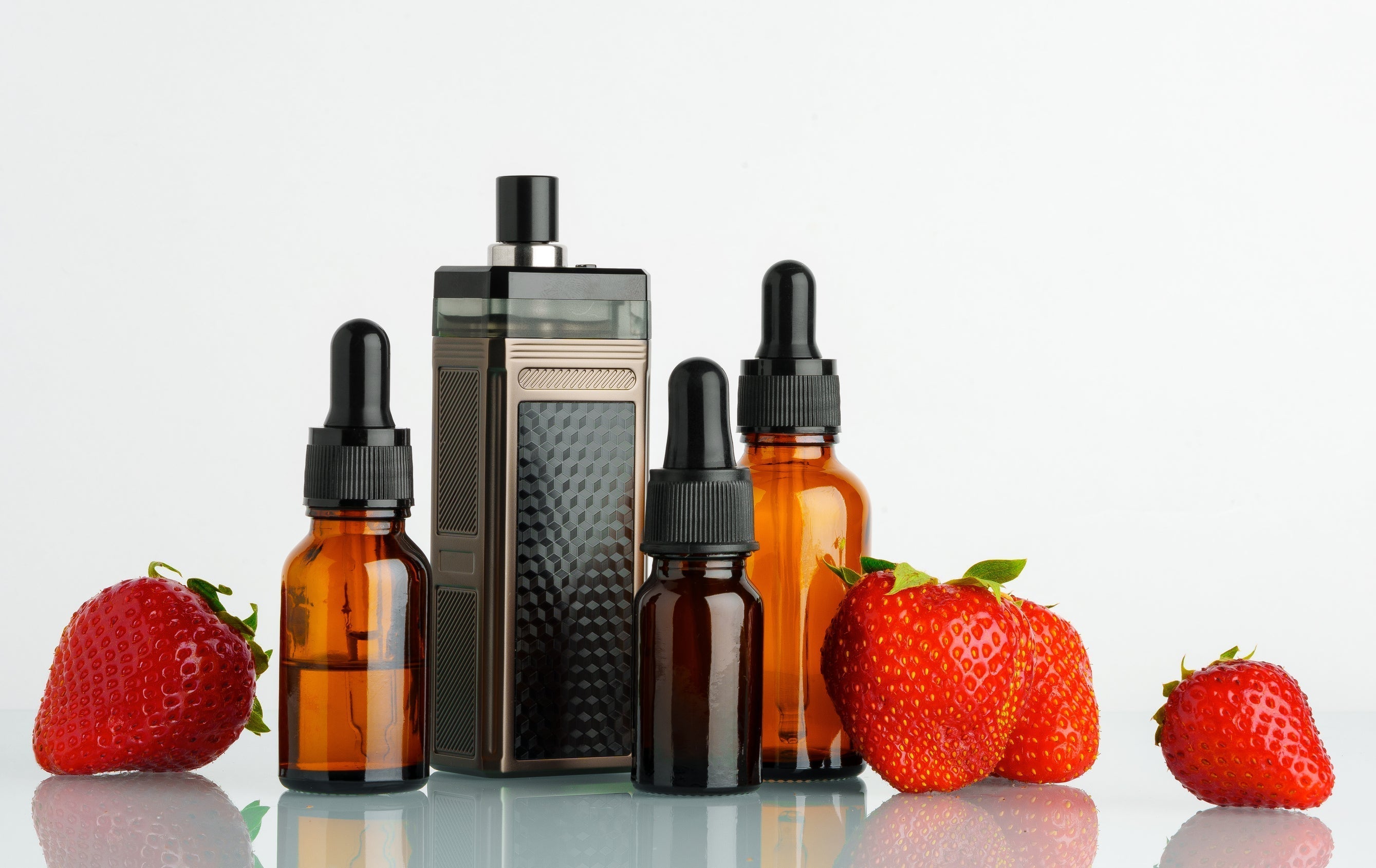

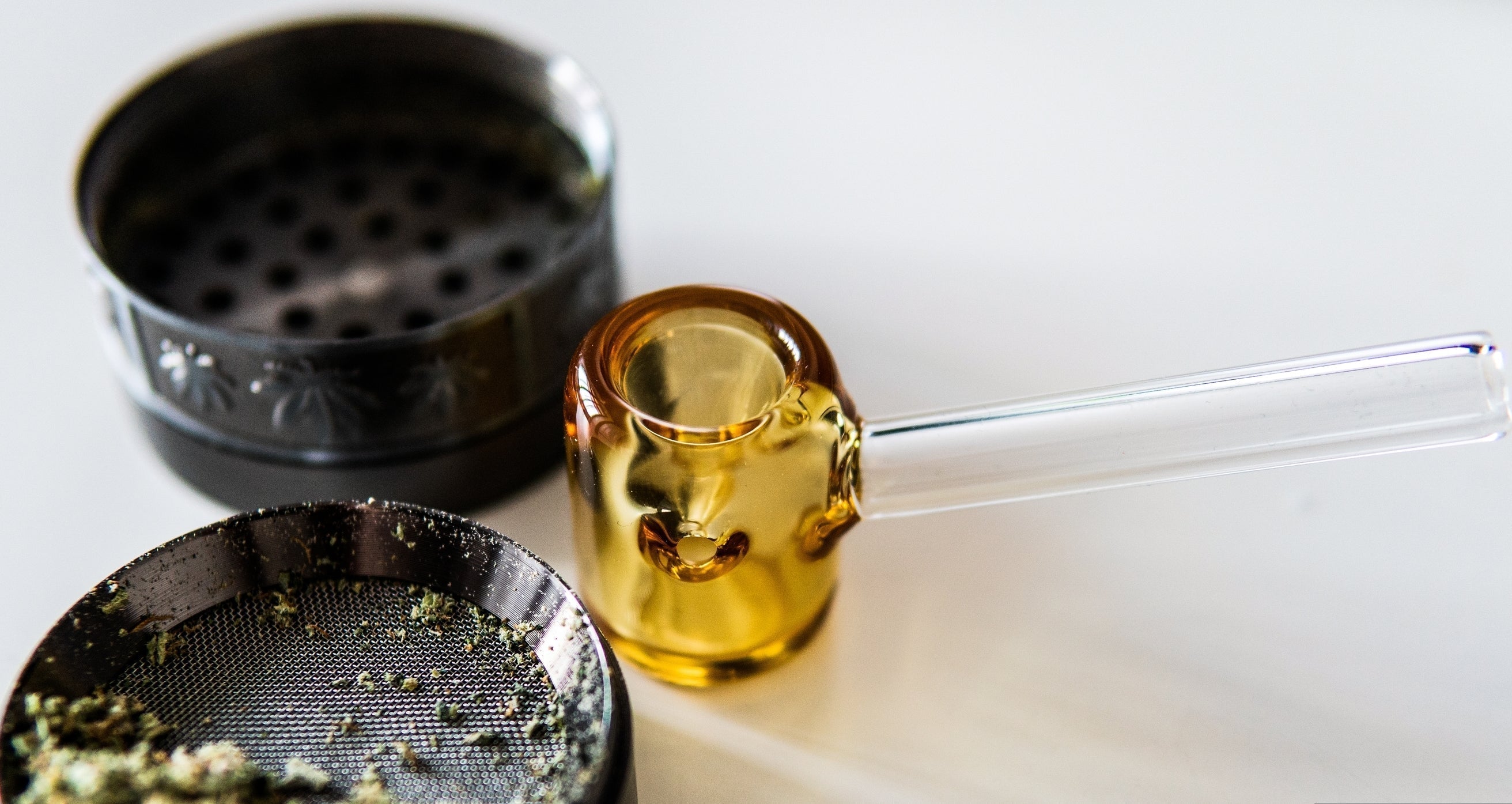
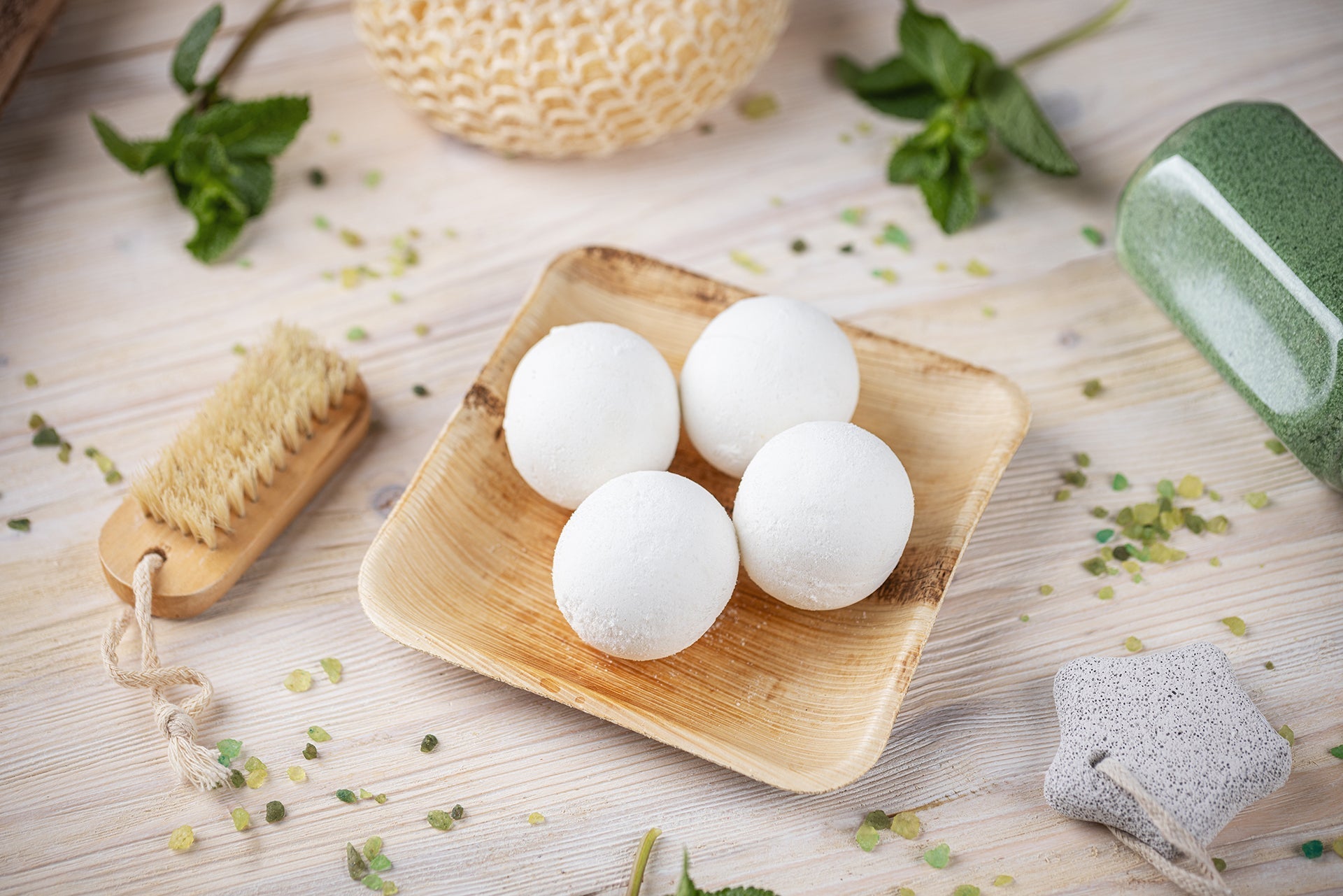
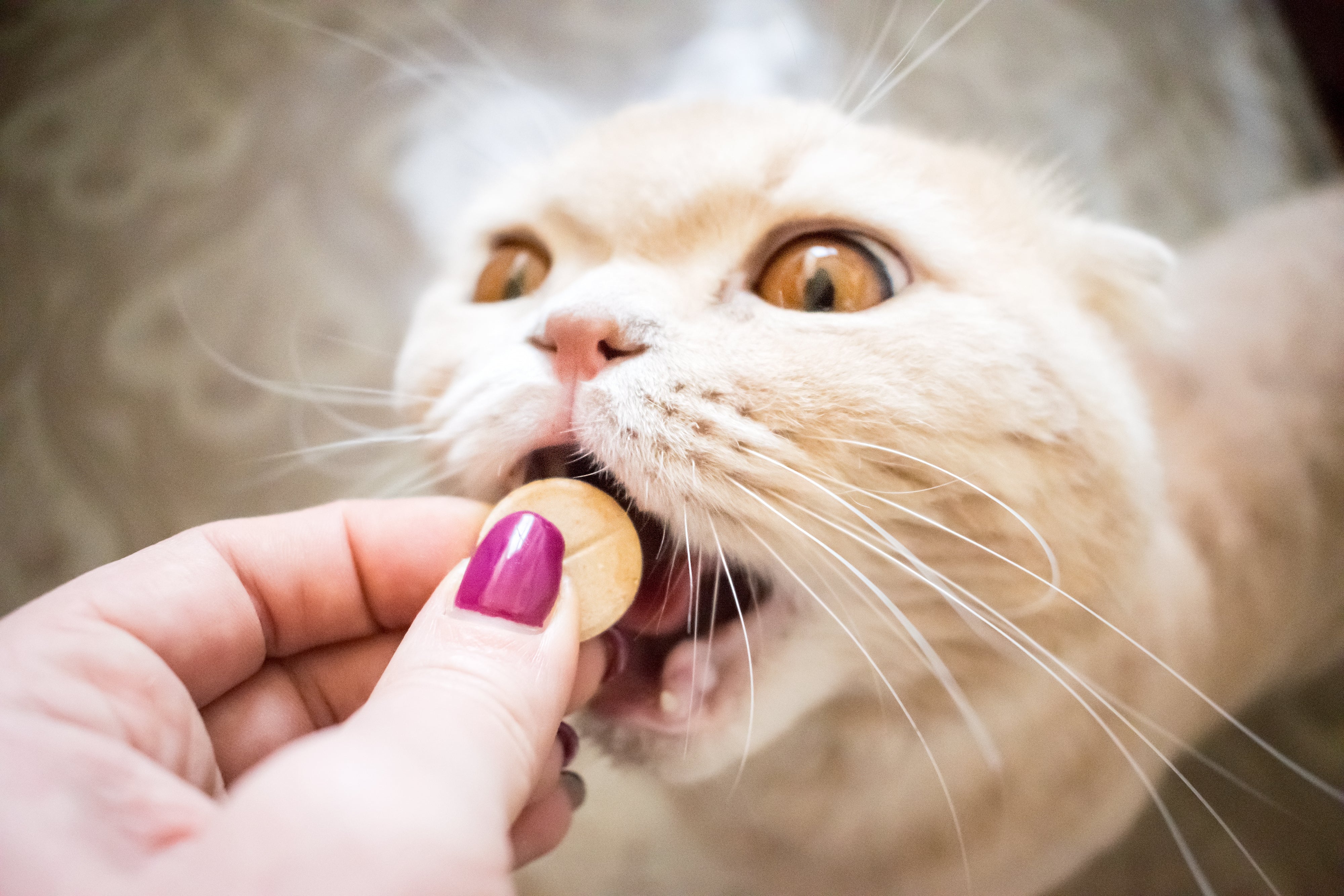
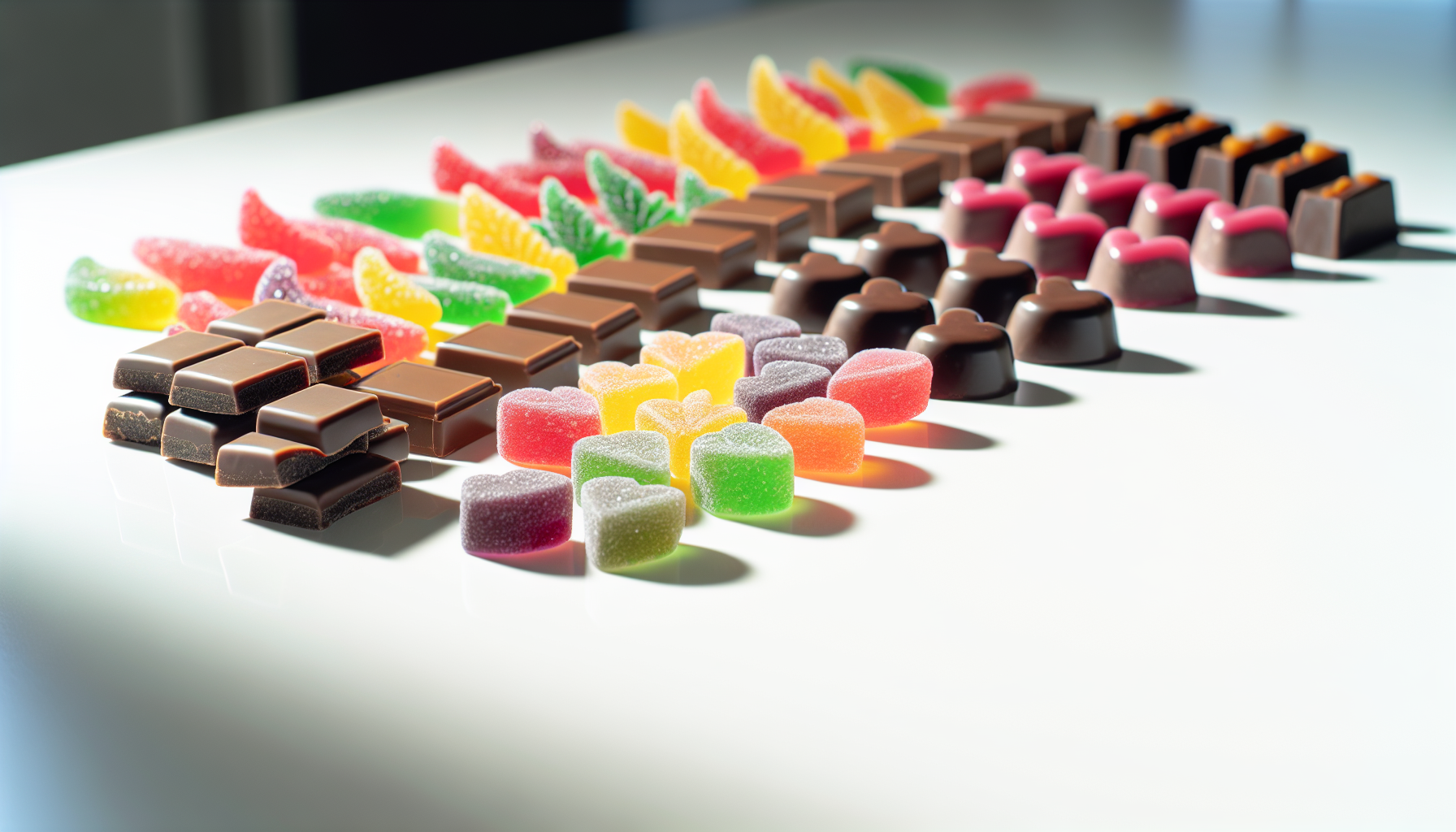
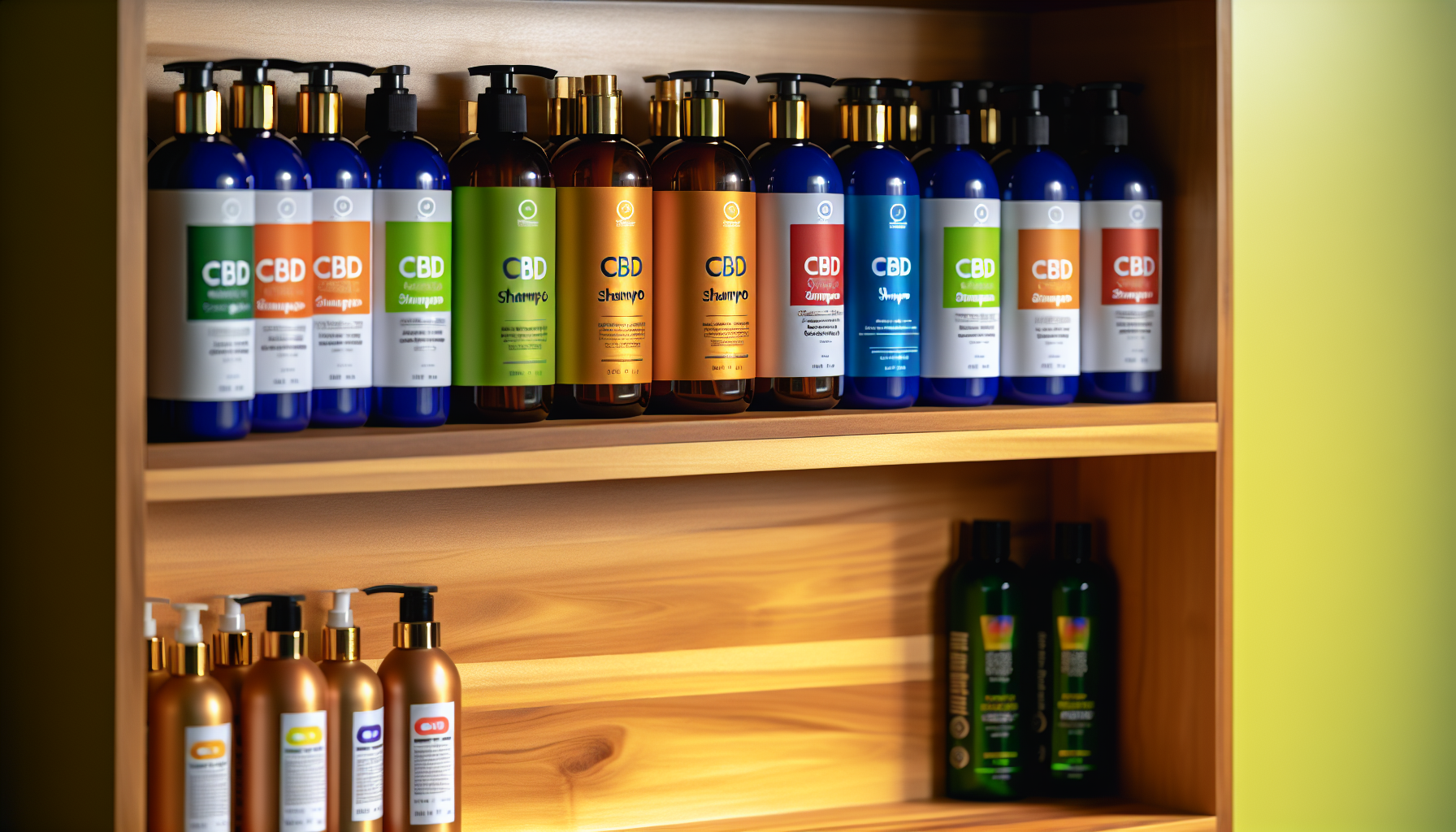
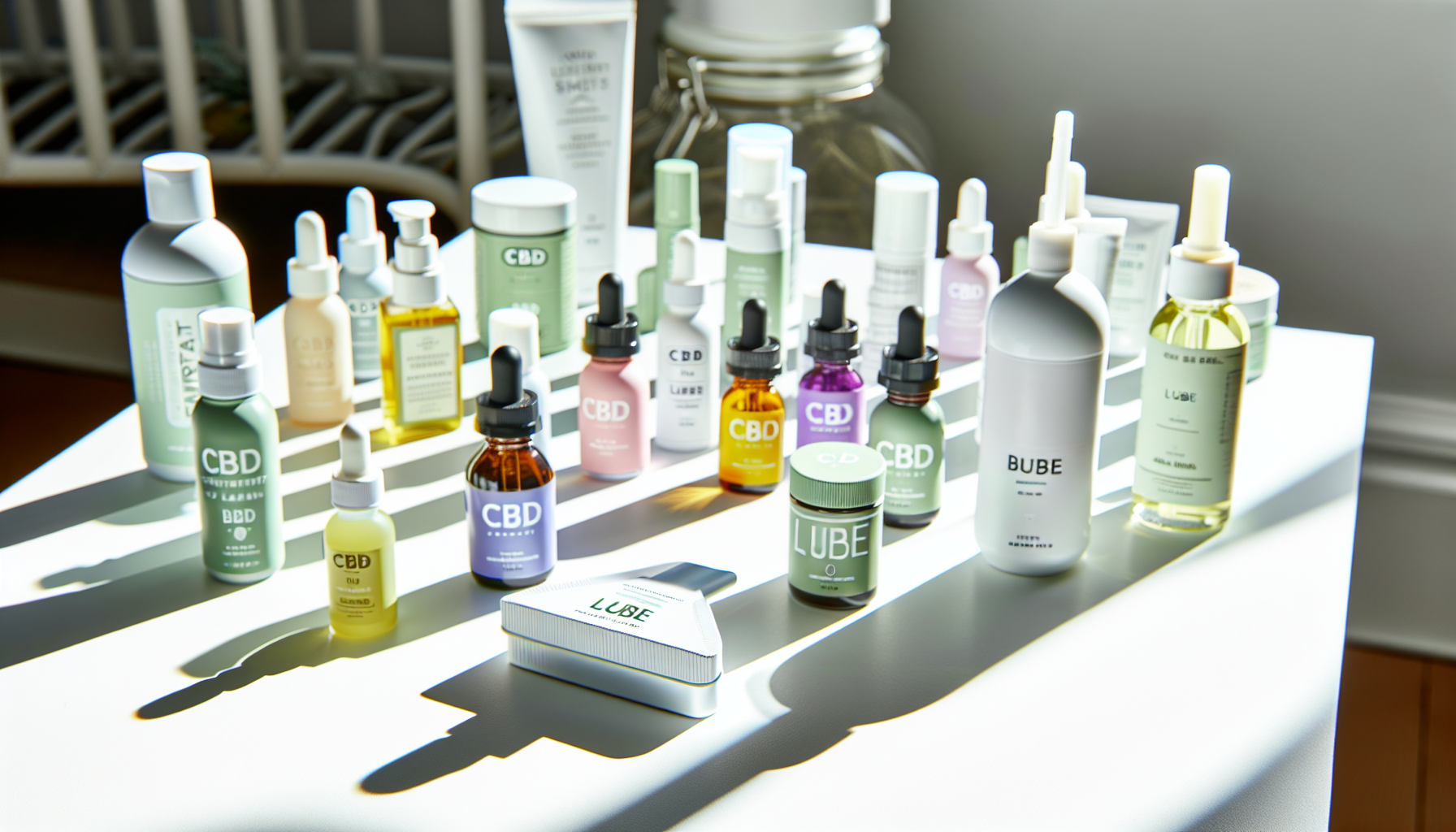
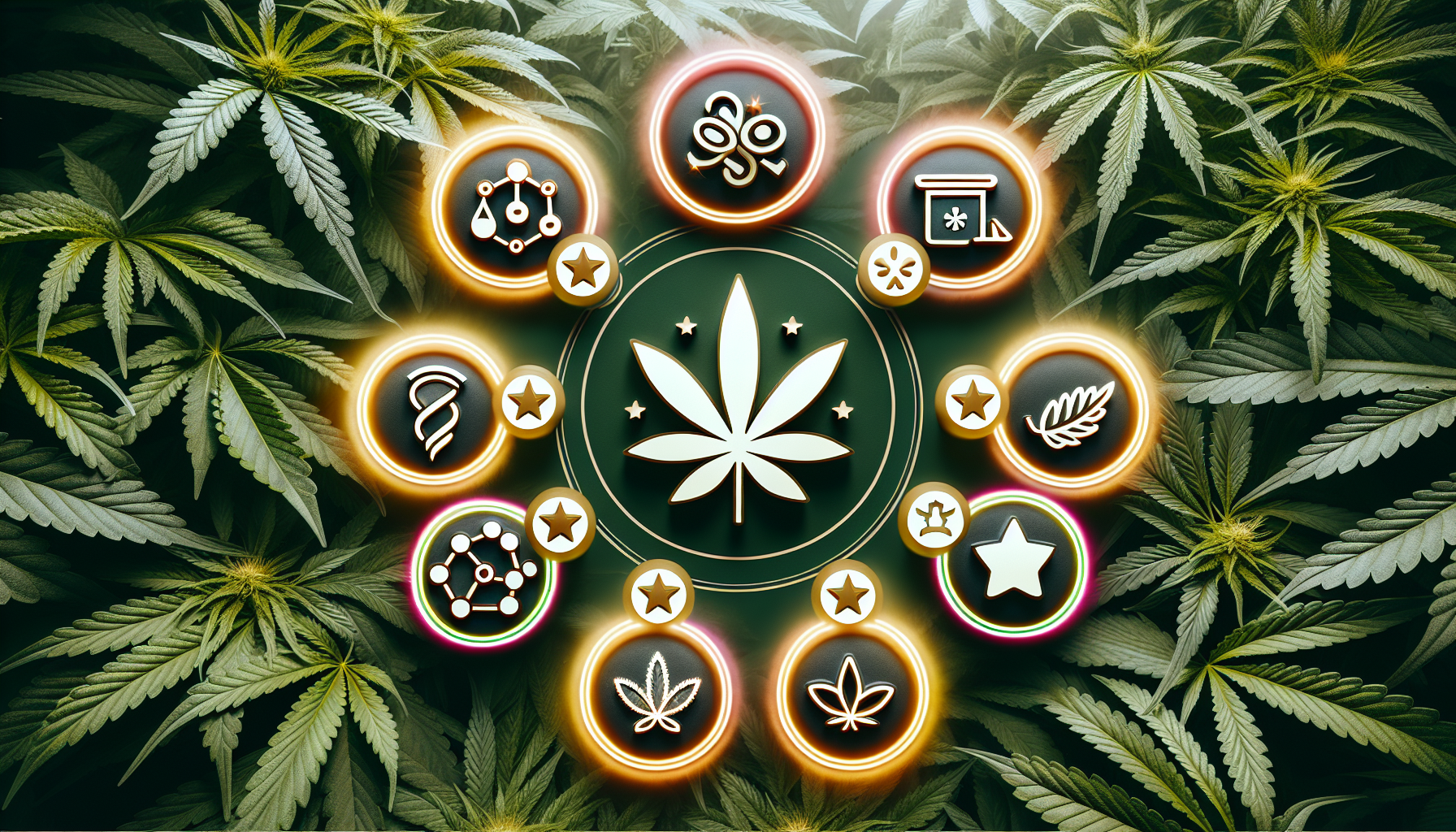
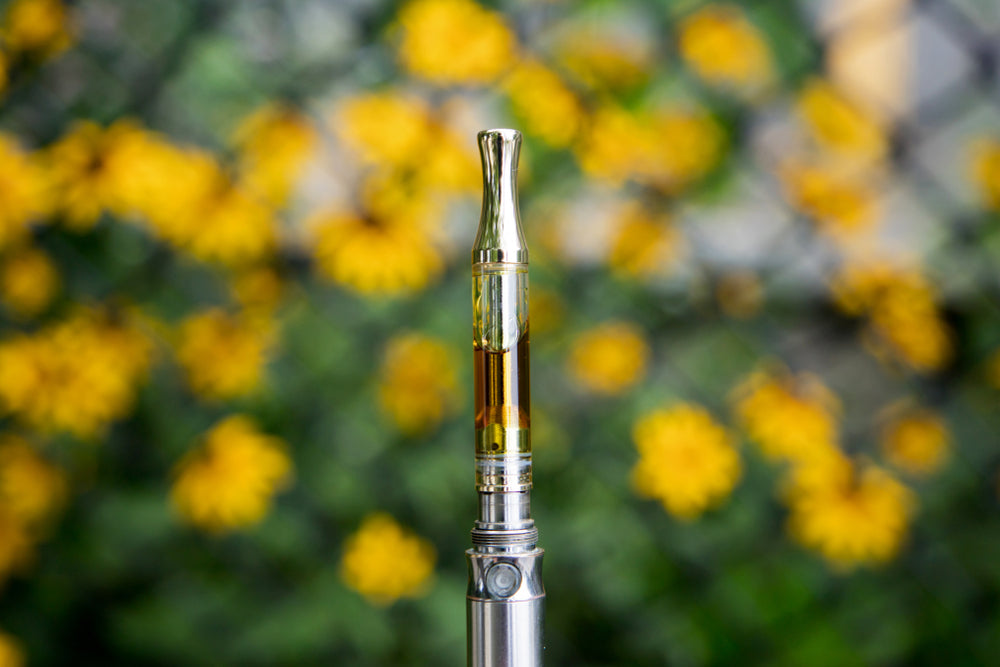
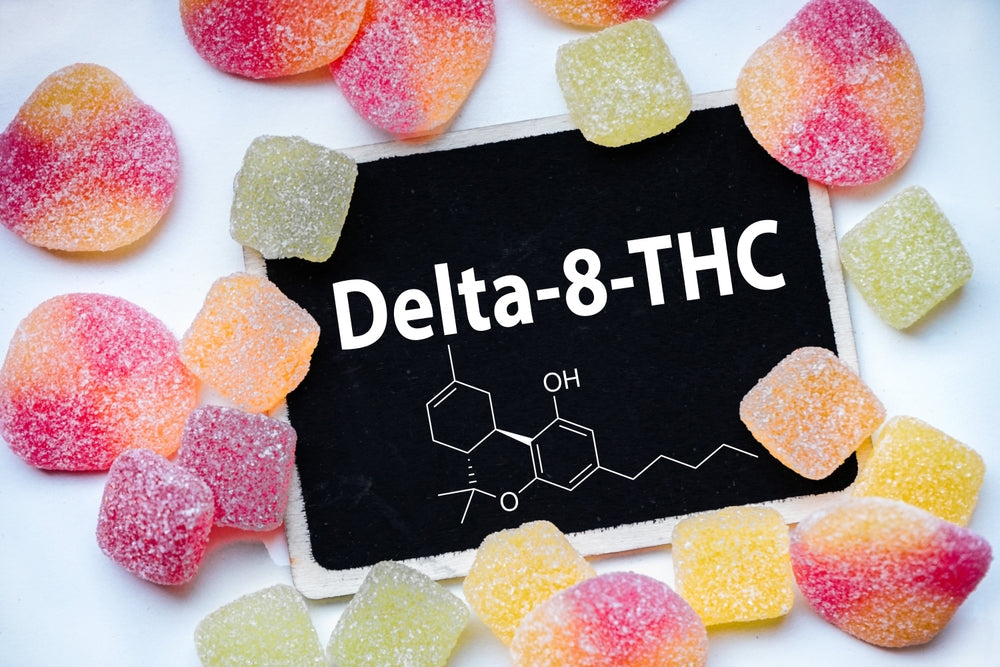
Join in on the Conversation
Your email address will not be published. Once your comment is approved, it will be published.